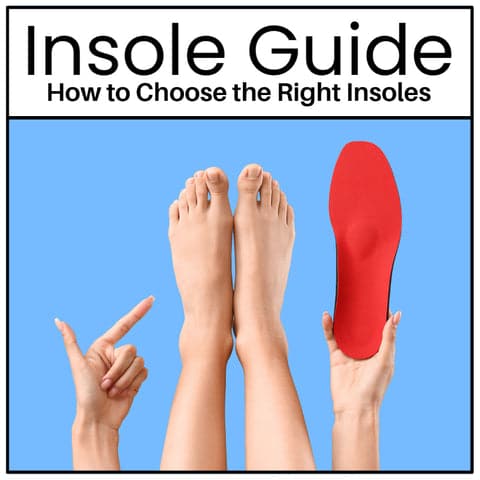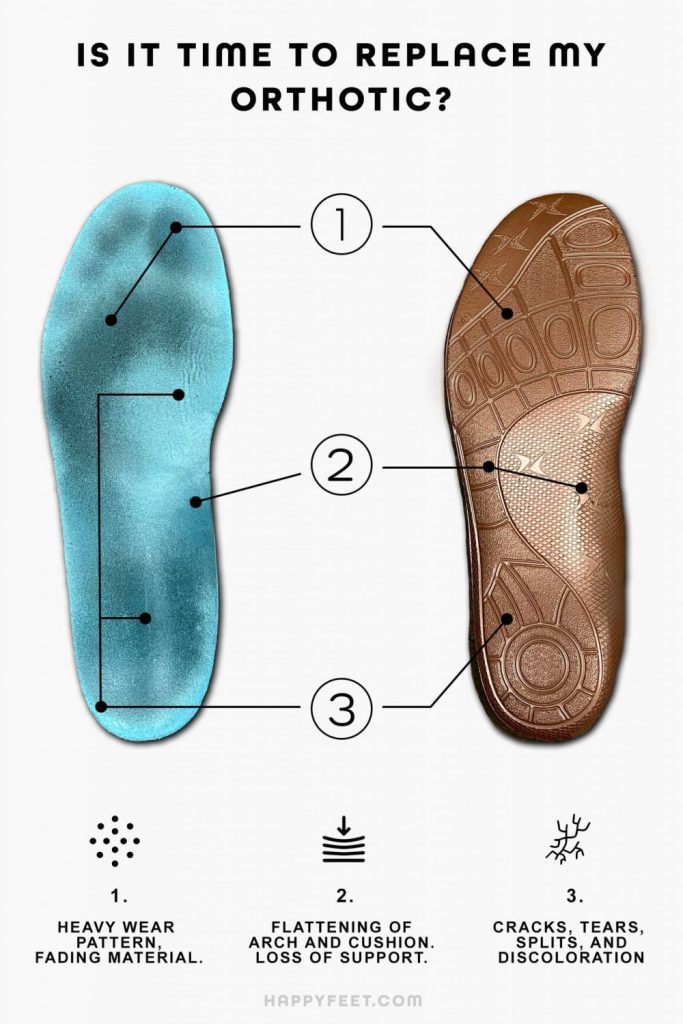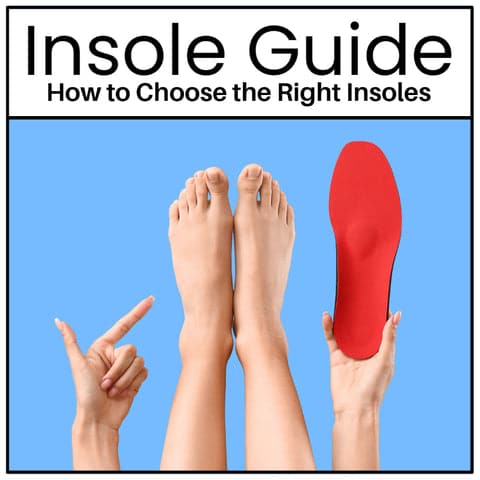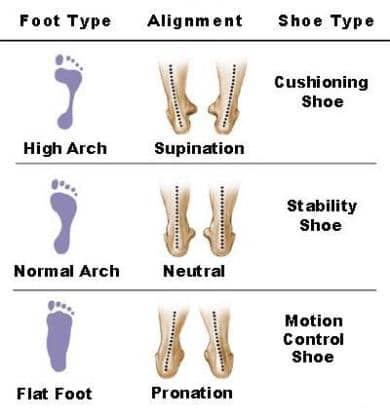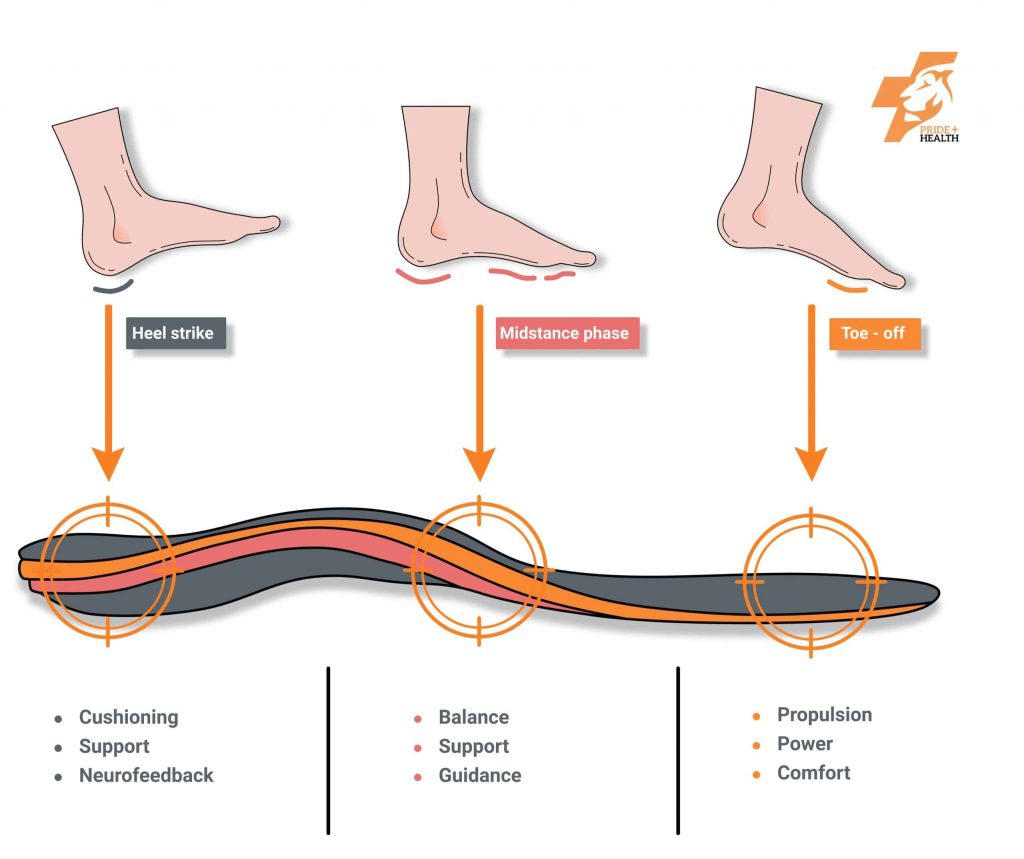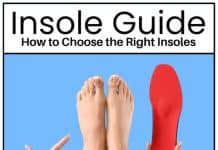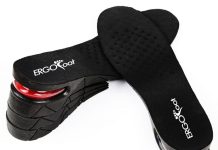So you’ve recently started wearing insoles and are wondering how to assess if they work.
Well, fret not because we’ve got you covered! In this article, we will discuss some telltale signs that indicate your insoles are doing their job and providing the comfort and support your feet need.
From improved posture and reduced foot pain to enhanced performance, we’ll outline the key indicators to help you determine if your insoles genuinely make a difference in your daily life.
So, let’s dive in and find out if your insoles are working for you!
Signs to Look for to Assess the Effectiveness of Insoles
Reduced Foot Pain and Discomfort
One of the most significant signs that your insoles are working effectively is reduced foot pain and discomfort.
Suppose you previously experienced pain in your feet, such as arch pain, heel pain, or general foot soreness, and you notice that these symptoms have diminished or disappeared. In that case, it strongly indicates that your insoles provide the necessary support and cushioning to alleviate the pain.
Improved Stability and Balance
Another sign of effective insoles is improved stability and balance. Suppose you feel more balanced and steady while walking or engaging in physical activities. In that case, it is likely because your insoles offer the appropriate support to align your feet properly. Insoles with heel cups, arch supports, and metatarsal pads can significantly enhance stability and balance.
Enhanced Shock Absorption
Effective insoles should also enhance shock absorption, especially if you engage in high-impact running or jumping.
A noticeable decrease in the shock your feet experience during these activities indicates that your insoles effectively absorb and dispersing the impact forces, reducing stress on your feet, ankles, knees, and other joints.
Relieved Joint and Muscle Fatigue
If your insoles effectively reduce joint and muscle fatigue, it means that they are providing adequate support to your feet, allowing your muscles and joints to function more efficiently.
This can be especially beneficial for individuals who spend long hours on their feet or participate in rigorous physical activities. If you experience less fatigue and soreness in your muscles and joints after using insoles, it is a positive sign that they work effectively.
Decreased Foot Fatigue and Aches
Foot fatigue and aches are common complaints for individuals who spend extended periods on their feet.
If you notice a decrease in foot fatigue and aches while using insoles, they offer the necessary cushioning and support to alleviate these discomforts. Insoles with extra cushioning and shock-absorbing materials can help reduce foot fatigue and aches, allowing you to stay on your feet for longer without discomfort.
Proper Alignment and Posture
Another vital sign to look for when assessing the effectiveness of insoles is proper alignment and posture.
Suppose you notice that your feet, knees, and hips are aligned adequately while standing, walking, or engaging in other activities. In that case, your insoles provide the necessary support to maintain proper alignment. This can help prevent overpronation or oversupination, leading to foot and leg problems.
Eased Plantar Fasciitis Symptoms
Individuals suffering from plantar fasciitis often experience significant pain and discomfort in their heels and arches.
If your insoles effectively alleviate these symptoms and relieve plantar fasciitis, it indicates they are working well. Insoles with arch support, heel cups, and proper cushioning can help reduce the strain on the plantar fascia and ease the symptoms associated with this condition.
Reduced Pronation or Supination
Pronation and supination refer to the foot’s natural rolling motion during walking or running. Excessive pronation or supination can lead to various foot and lower limb issues. It demonstrates their effectiveness if your insoles effectively reduce pronation or supination and promote a more neutral gait. Insoles with arch support and corrective wedges can help correct abnormal foot motion and improve overall foot function.
Better Arch Support
Insoles should provide proper arch support to maintain the natural arches of your feet. If you notice improved arch support while using insoles, they effectively support the arches and prevent issues such as flat feet or fallen arches. Insoles with arch support features, such as molded arches or orthotic inserts, can help provide the necessary support to maintain proper foot mechanics.
Improved Overall Comfort
Finally, improved comfort is one of the most critical signs of effective insoles. If you find that your feet feel more comfortable while wearing insoles, they provide the necessary cushioning, support, and stability to enhance your comfort levels. Insoles that are correctly fitted and designed with high-quality materials contribute to greater overall comfort.
Factors Affecting Insole Performance
Quality of Materials Used
The quality of materials used to construct insoles significantly impacts their performance. Insoles made from high-quality materials, such as memory foam, gel, or custom orthotics, provide better cushioning, shock absorption, and support. These materials are durable and resistant to wear and tear, ensuring the insoles maintain their effectiveness over time.
Proper Fit and Sizing
The proper fit and sizing of insoles are crucial for their performance. Ill-fitting insoles can lead to discomfort, instability, and inefficient support. Choosing insoles that are appropriate for your shoe size and shape is essential, ensuring a snug and secure fit. Insoles that are too small or too large can cause additional foot problems and hinder the effectiveness of the support they provide.
Insole Type for Specific Activity
Different activities place different demands on your feet. Choosing the appropriate type of insole for your specific activity can significantly affect their performance. For example, if you are a runner, selecting insoles with superior shock absorption and cushioning can help protect your feet and joints from the impact forces of running. In contrast, insoles designed for all-day comfort and support may be more suitable if you spend long hours on your feet at work.
Insole Wear and Tear
Over time, insoles can experience wear and tear due to regular use. Factors such as the frequency of use, intensity of activities, and the quality of materials used can influence the durability of insoles.
It is essential to monitor the condition of your insoles regularly and replace them when signs of wear and tear, such as flattening cushioning or visible damage, become evident. Maintaining well-maintained insoles ensures their ongoing effectiveness and performance.
How Long Should Insoles Last?
Expected Lifespan of Insoles
The expected lifespan of insoles varies depending on factors such as the quality of materials used, frequency of use, and intensity of activities. On average, insoles can last anywhere from six months to a year.
However, it is essential to recognize that individual experiences may vary. Some individuals may require more frequent replacements due to heavier use or specific foot conditions.
Signs of Insole Wear and Tear
Awareness of the signs of insole wear and tear is crucial to ensure optimal foot support and comfort. Signs that your insoles may need replacing include flattened cushioning, visible damage to the insole material, loss of arch support, or increased foot pain or discomfort.
If you notice any of these signs, replacing your insoles to maintain their effectiveness and prevent any potential foot problems is advisable.
Replacing Insoles
When the signs of wear and tear become apparent, it is time to replace your insoles. It is recommended to replace insoles approximately every six months to a year, depending on the condition and usage.
Regularly replacing your insoles ensures you continue receiving the necessary support, cushioning, and stability for your feet. Investing in high-quality replacement insoles is worth ensuring their longevity and effectiveness.
Consulting a Healthcare Professional
The Importance of Professional Assessment
While self-assessment of insole effectiveness can be helpful, consulting a healthcare professional is essential for a comprehensive evaluation. Healthcare professionals, such as podiatrists or orthopedic specialists, can thoroughly assess your foot mechanics, identify any specific issues or conditions, and recommend appropriate insoles based on your individual needs. Their expertise and guidance can significantly enhance the effectiveness and benefits of insoles.
When to Seek Professional Advice
If you are experiencing chronic foot pain, discomfort, or any specific foot conditions, it is advisable to seek professional advice.
A healthcare professional can evaluate your symptoms, perform diagnostic tests if necessary, and offer a customized solution for your foot issues. They can also guide insole selection, usage, and maintenance to maximize their effectiveness and address underlying foot problems.
Custom-Made Insoles
Sometimes, off-the-shelf insoles may not provide the ideal fit or support for your specific foot needs. Custom-made insoles, or orthotics, are individually crafted to address your unique foot mechanics and conditions. Healthcare professionals can assess your foot characteristics and prescribe custom-made insoles to ensure optimal support, alignment, and pain relief. Custom-made insoles have the potential to improve comfort, mobility, and overall foot health significantly.
In conclusion, assessing the effectiveness of insoles involves observing signs such as reduced foot pain, improved stability and balance, enhanced shock absorption, relieved joint and muscle fatigue, decreased foot fatigue and aches, proper alignment and posture, eased plantar fasciitis symptoms, reduced pronation or supination, better arch support, and improved overall comfort.
Factors affecting insole performance include the materials’ quality, proper fit, and sizing, selecting the appropriate insole type for specific activities, and monitoring insole wear and tear. Insoles typically last six months to a year, but signs of wear and tear should prompt replacement.
Consulting a healthcare professional is crucial for a comprehensive evaluation, timely advice, and potential recommendations for custom-made insoles. By considering these factors and consulting professionals when necessary, you can ensure that your insoles work effectively to provide optimal support, comfort, and foot health.

